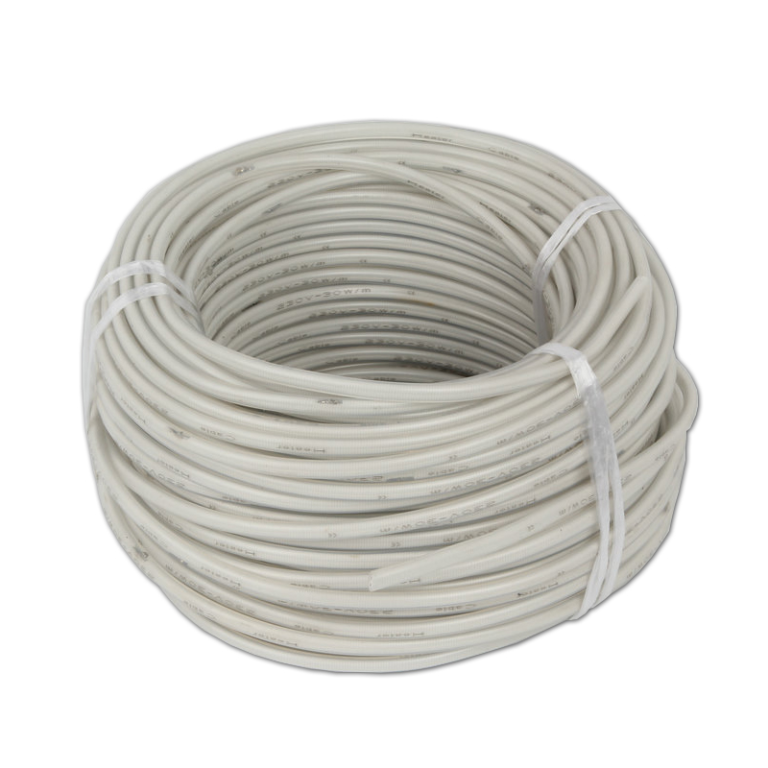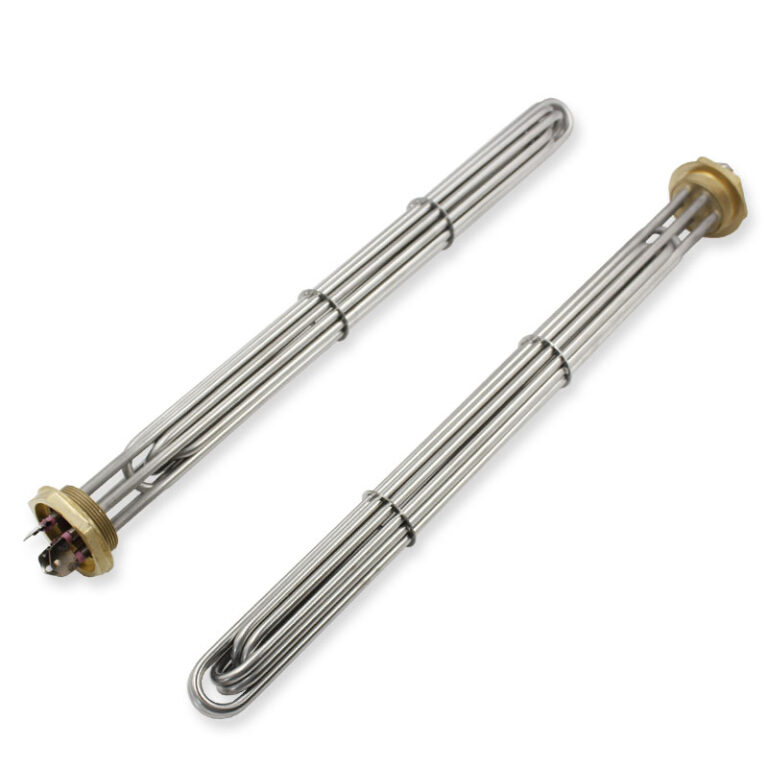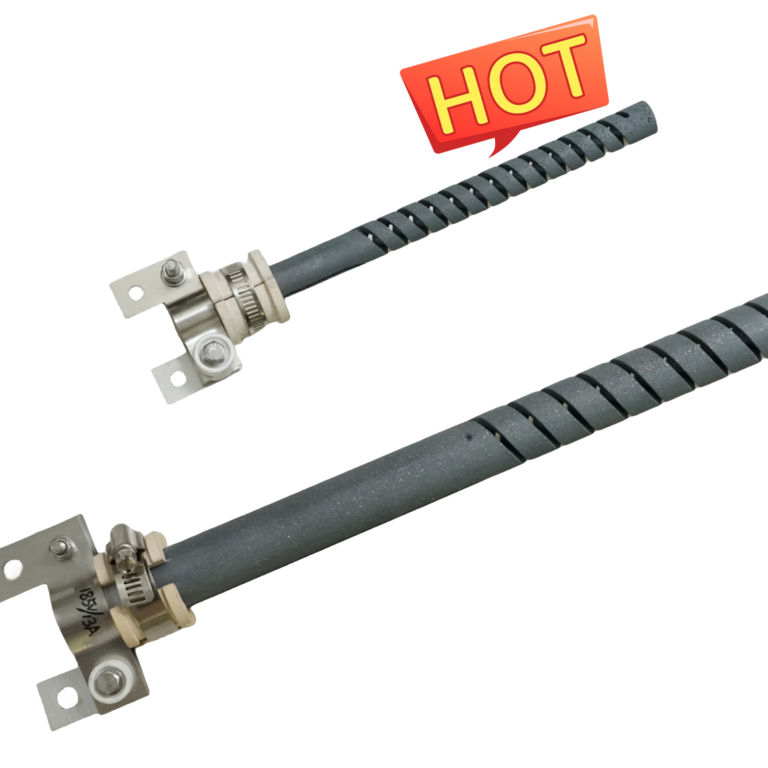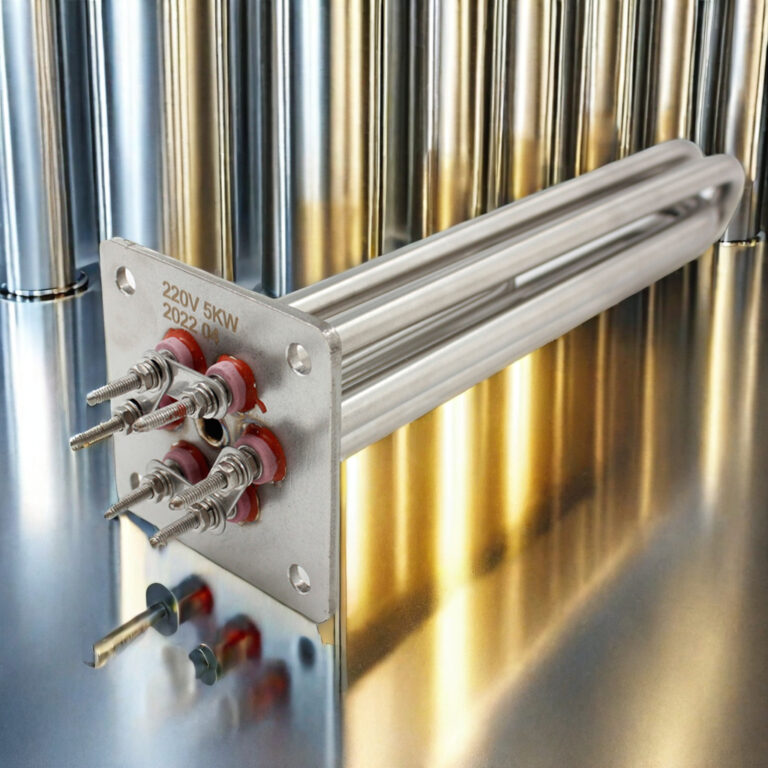白金ロジウム熱電対 温度センサーの一種で、精度が高いことで知られています。, 安定性, 広い温度範囲. さまざまな産業用途で広く使用されています, これらの熱電対は、正確な温度測定が重要な環境では不可欠なコンポーネントです. この記事ではその構成について詳しく説明します, 動作原理, アプリケーション, 利点, 白金-ロジウム熱電対を包括的に理解するためのその他の関連詳細.

構成
白金ロジウム熱電対, タイプSと呼ばれることが多い, R, またはB熱電対, プラチナとロジウムの組み合わせで作られています. 主なタイプは以下の3つです:
- 種類 (プラチナ-10% ロジウム/プラチナ): このタイプは、純プラチナ製のワイヤーと、次の成分を含むプラチナとロジウムの合金製のワイヤーで構成されています。 10% ロジウム.
- タイプR (プラチナ-13% ロジウム/プラチナ): タイプSに似ている, しかし、ロジウム含有量が高くなると、 13% 合金ワイヤーで.
- タイプB (プラチナ-30% ロジウム/プラチナ-6% ロジウム): このタイプはプラチナ-30%ロジウム製ワイヤーとプラチナ-6%ロジウム製ワイヤーを備えています。.
| 導体材質 | タイプ | 学年 | スペック. 保護チューブの(mm) | |||
| 全長 | 浸漬長さ | 直径 | 保護管の材質 | |||
| PtRh10-Pt | WRP | S | 300 350 400 450 550 650 900 1150 1300 | 150 200 250 300 400 500 750 1000 1100 | 8/10/16/25 | 99.9% Al2O3 セラミック |
| Pt-Rh30-Pt6 | WRP | B | 99.9% Al2O3 セラミック | |||
| PtRh13-Pt | WRQ | R | 99.9% Al2O3 セラミック | |||
| ミニ PtRh10-Pt | WRP | S | 150-1500 | 150-1500 | 99.9% Al2O3 セラミック | |
動作原理
熱電対はゼーベック効果に基づいて動作します, 2つの異なる金属または半導体の間に温度差があるときに電圧が発生することを示します。. 白金ロジウム熱電対の場合, 白金線と白金ロジウム線の接合部は、熱接点間の温度差に比例した電圧を生成します。 (測定が行われる場所) そして冷接点 (基準点). この電圧は測定され、温度測定値に変換されます。.
アプリケーション
白金ロジウム熱電対は、最大 1800°C の温度を測定できるため、さまざまな高温用途に使用されます。 (3272°F). 一般的なアプリケーションには次のものがあります。:
- 航空宇宙: ジェットエンジンやその他の高温部品に使用され、安全で効率的な動作を保証します。.
- 金属加工: 溶解などのプロセスにおける温度の監視と制御に不可欠, 鋳造, そして熱処理.
- ガラス製造: 製品の品質を維持するためにガラス炉や窯の温度を測定するために使用されます。.
- 研究所: 高温環境での正確な温度測定が必要な科学研究に採用.
利点
白金ロジウム熱電対には、他のタイプの熱電対に比べていくつかの利点があります。:
- 高精度: これらの熱電対は高精度の温度測定を提供します, 正確な制御が必要なアプリケーションに最適です。.
- 安定性: 長期間にわたって優れた安定性を示します, 一貫したパフォーマンスを確保し、頻繁な再調整の必要性を軽減します。.
- 広い温度範囲: 0℃~1800℃までの温度測定が可能 (32°F ~ 3272°F), 幅広い高温用途に適しています。.
- 耐食性: プラチナとロジウム素材は耐腐食性と酸化性に優れています。, 過酷な環境における熱電対の寿命を延ばす.
制限事項
数多くの利点があるにもかかわらず、, 白金ロジウム熱電対にはいくつかの制限があります:
- 料金: プラチナとロジウムは高価であるため、これらの熱電対は他のタイプよりも高価になります, タイプ K またはタイプ J 熱電対など.
- 脆弱性: 白金ロジウム熱電対のワイヤは比較的壊れやすいため、慎重に扱わないと簡単に損傷する可能性があります。.
結論
白金ロジウム熱電対は、正確で信頼性の高い高温測定が必要な産業や研究分野において不可欠なツールです。. プラチナとロジウムの組成により、優れた精度が得られます。, 安定性, 耐腐食性, 要求の厳しい用途に最適です. 高価であり、慎重な取り扱いが必要ですが、, 多くの場合、それらの利点はこれらの欠点を上回ります, さまざまな高温環境において専門家にとって好ましい選択肢であり続けることを保証します. 白金ロジウム熱電対の複雑さを理解すると、ニーズに合った適切な温度測定ソリューションを選択する際に、情報に基づいた意思決定を行うことができます。.





私たちが購入した白金ロジウム熱電対は、精度と信頼性の両方において私たちの期待を上回っていました。. 強くお勧めします!
当社は産業用途向けにこれらの熱電対を調達してきました。, そしてそれらは信じられないほど安定していて耐久性があります.
素晴らしいパフォーマンス! これらの熱電対は、当社の製造プロセスにとって重要な正確な温度測定値を提供します。.
私たちのチームは、これらの白金ロジウム熱電対に関連する品質とサービスに非常に満足しています。. 私たちのニーズにぴったり.
優れた製品! これらの熱電対の耐久性と精度により、運用効率が大幅に向上しました。.